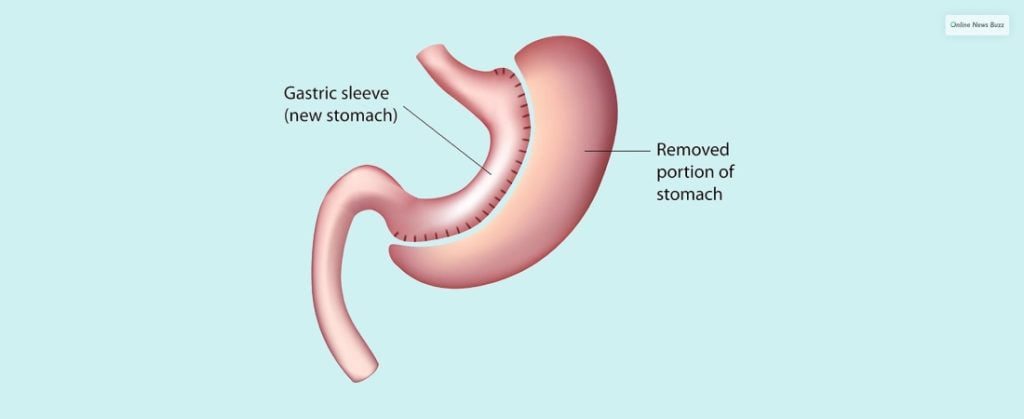
Obesity is one of the fastest-growing health concerns that can culminate into a number of chronic diseases, such as hypertension, osteoarthritis, hypercholesterolemia, type-2 diabetes mellitus, and asthma. In recent years, Gastric Bypass Surgery and bariatric weight loss surgery have become two of the most successful treatment methodologies to facilitate weight loss.
There are, however, a number of questions pertaining to obesity surgery procedures, especially vertical sleeve gastrectomy surgery.
4 FAQs On Bougie Size
Continuing the discussion, we will take up four questions about the usage of bougie in vertical sleeve gastrectomy and will provide their answers.
1. What Is A Bougie?

By definition, the bougie (pronounced Boo-gee) is a measuring device that is in the form of a long, flexible tube and used in vertical sleeve gastrectomy, to guide surgeons when dividing the stomach. This device is inserted into the patient’s mouth and then guided through the food pipe and the stomach to the pylorus.
The bougie helps surgeons to create a bulge, which is then used to guide the stapler and create a stomach sleeve. The tube is available in various sizes, and its capacity is measured in units known as a French (1 French or F=0.333 mm).
2. What Is Maximum Tolerated Volume (MTV)

The maximum tolerated volume, otherwise known as gastric volume, is a measure of the size of the bougie used during surgery and the time elapsed since surgery. A normal stomach can hold up to 3 lbs or 48 ounces of food and can also stretch to accommodate more.
The optimal bougie size used for a stand-alone bariatric weight loss surgery procedure is between 32F to 50F, depending upon the patient’s profile. Post vertical sleeve gastrectomy, the stomach is modified to hold between 10 to 15 ounces of food. In addition, the stomach also loses its previous dispensability and flexibility.
3. What Bougie Size Is Ideal For Vertical Sleeve Gastrectomy?

There is no ideal bougie size per se. There are several variables that help determine the bougie size such as the height and weight of the patient. In theory, the smaller the bougie size, the smaller is the size of the stomach. Bariatric surgeons don’t use too small a bougie, as it may increase the complications such as leakages and instances of stricture.
On the other hand, if the bougie used is too large, weight loss will be slower. Typically, the idea is to form a sleeve that is 60 to 80 percent smaller than the original stomach and can hold up to one and a half cups of food. Based on these factors, the bougie size is chosen.
4. How Does Sleeve Gastrectomy Weight Loss Relates To The Bougie Size?

You must understand that the size of the bougie is not necessarily, the same size as the stapled stomach sleeve, nor does the bougie size determines the success or failure of the surgery. Surgeons may use the same size bougie to operate on different patients. It is, however, not necessary that all of them have the same stomach sleeve size. The size of the sleeve size is determined by the proximity achieved by the stapler from the guide, and the line of stapling, which varies from patient to patient.
In addition, there is no one-size-fits-all bougie that can help patients achieve ideal levels of post-surgery weight loss and complications.
Wrapping Up
Bariatric weight loss surgery procedures, especially vertical sleeve gastrectomy, represent an effective solution to treat obesity. The vertical sleeve gastrectomy was initially introduced as a modified alternative obesity surgery procedure for biliopancreatic diversion.
The overall weight loss achieved post-surgery, however, depends upon the size of the sleeve created and the ability of the patient to adhere to the specific diet and exercise regimen.
Read Also:




























